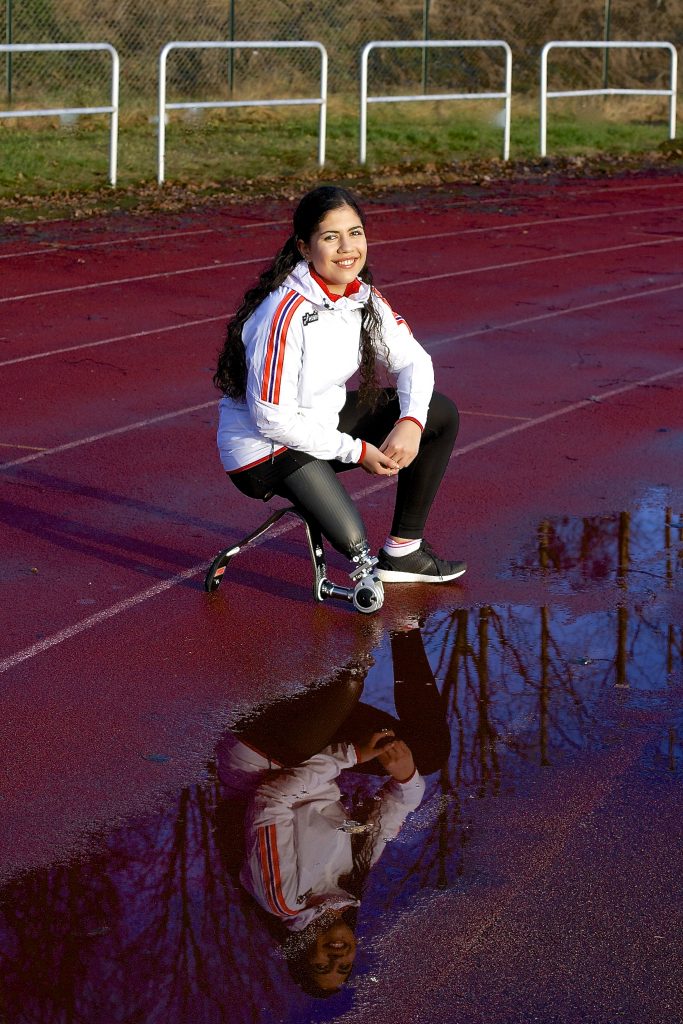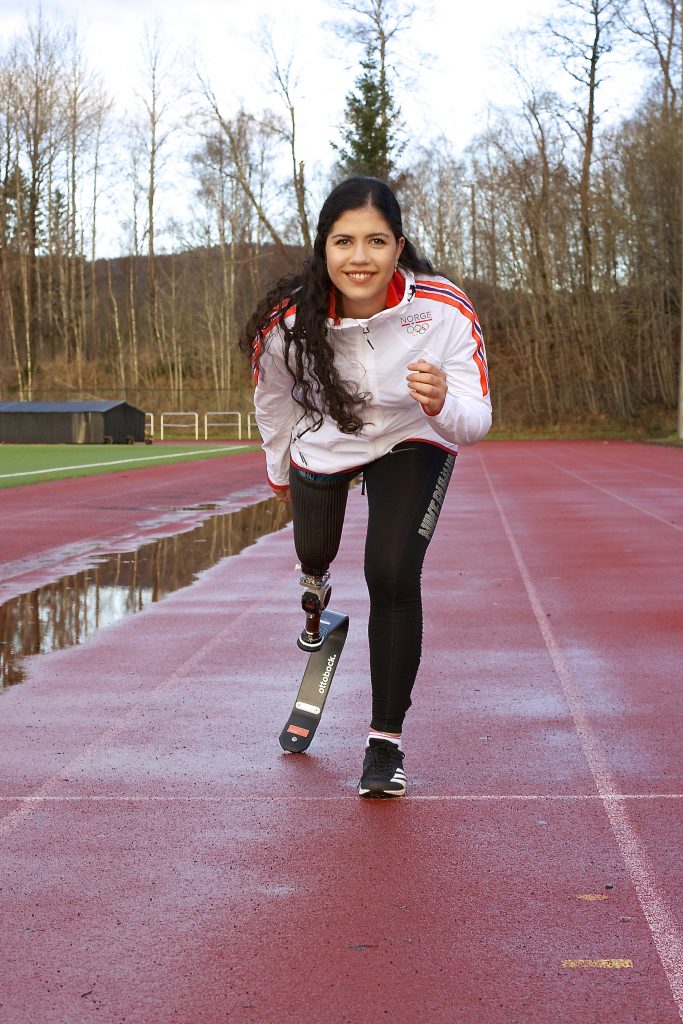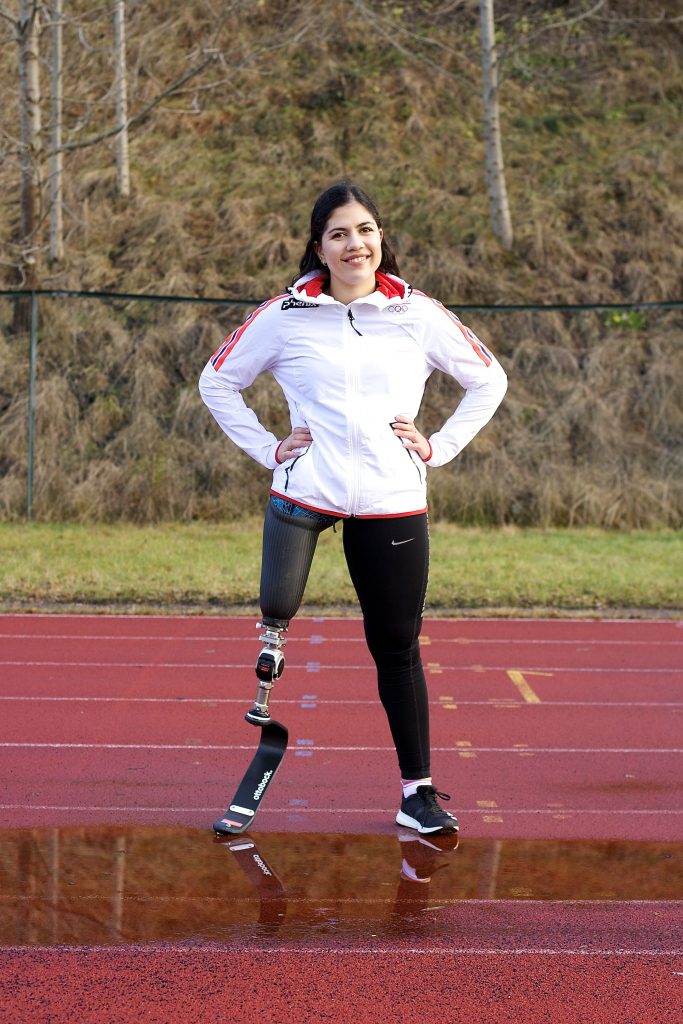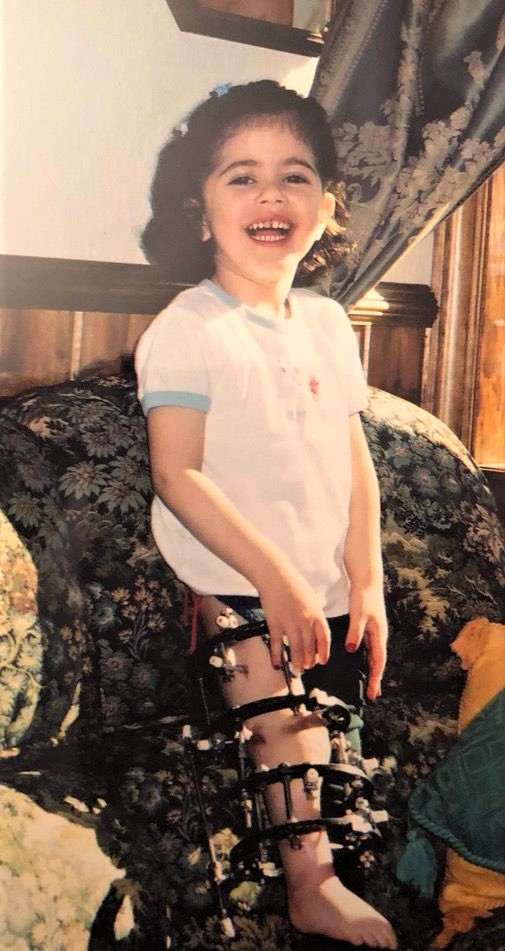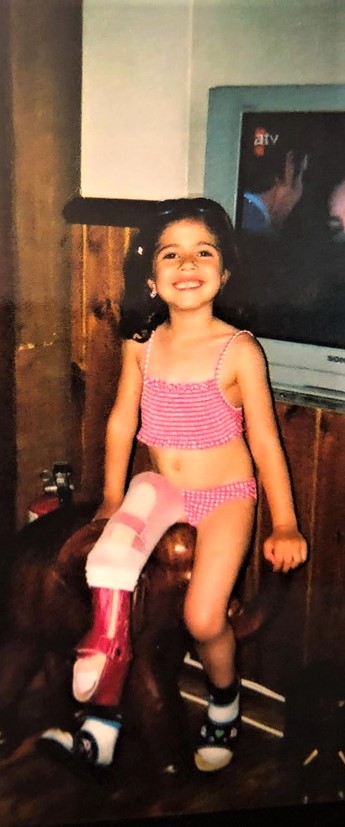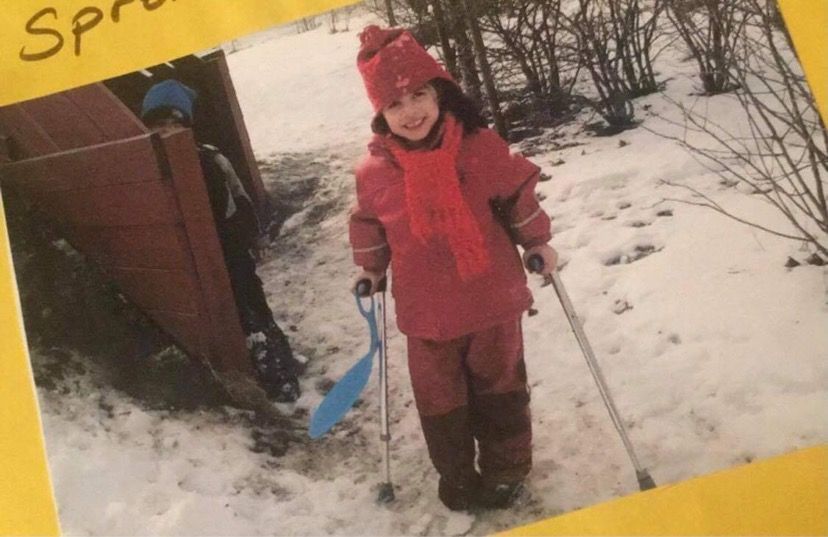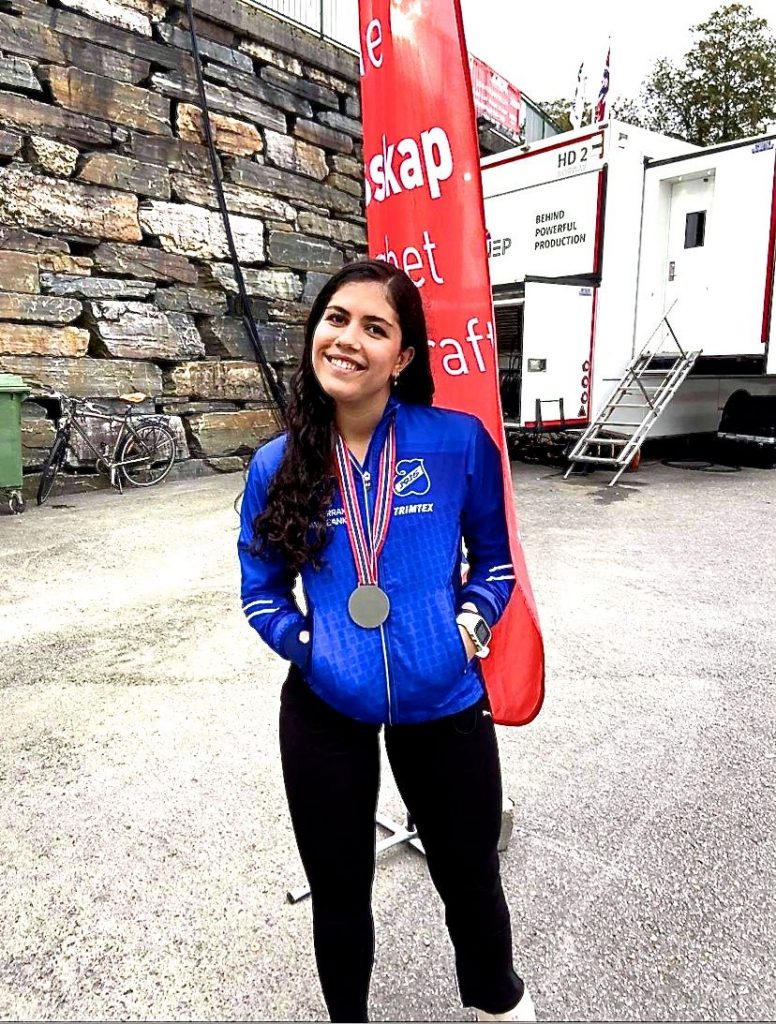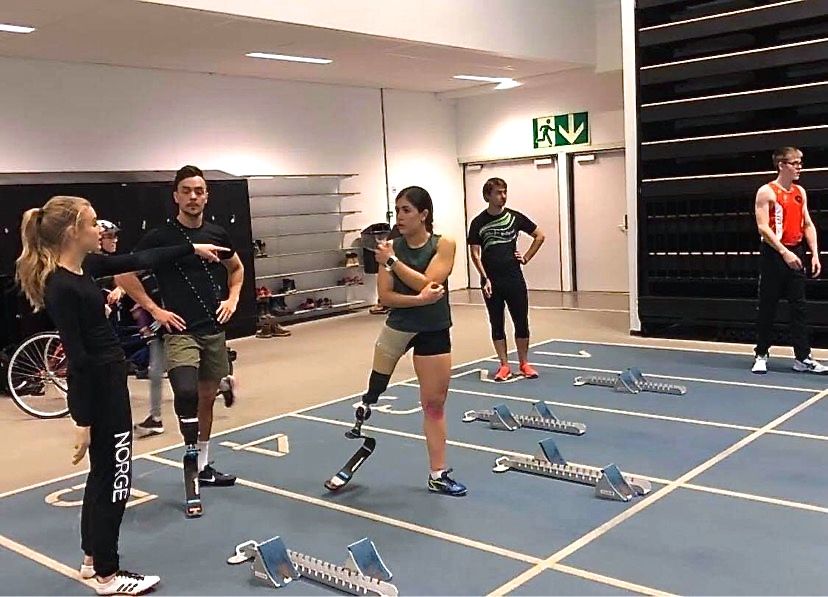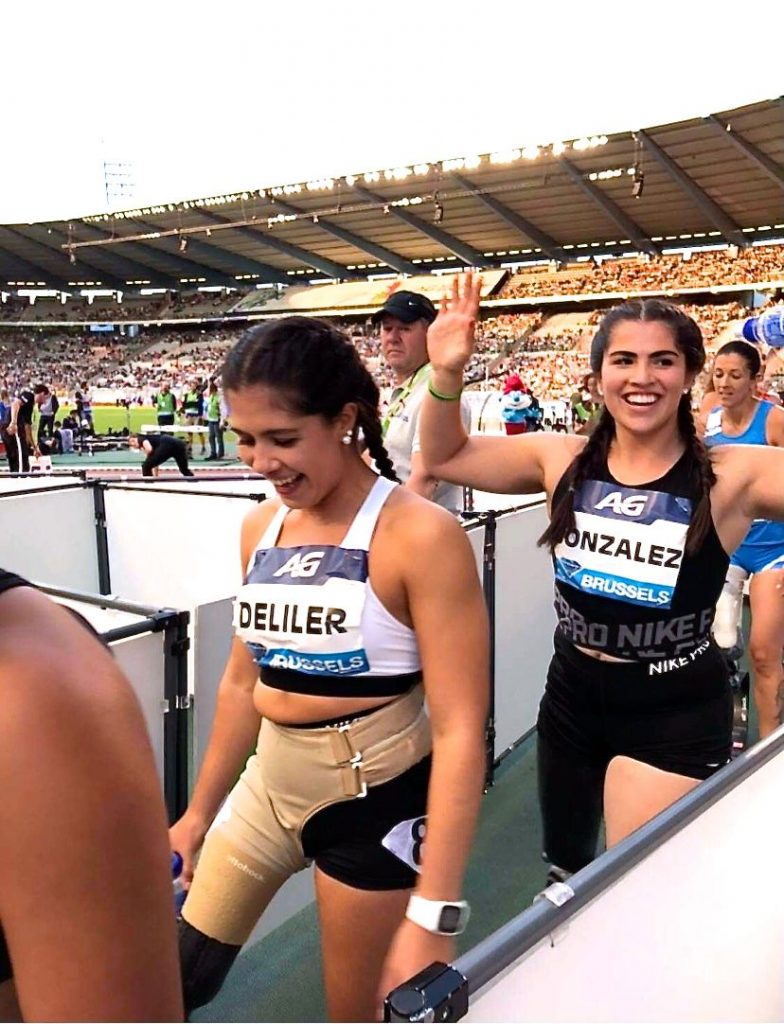– Jeg er takknemlig over å være en del av idrettsmiljøet
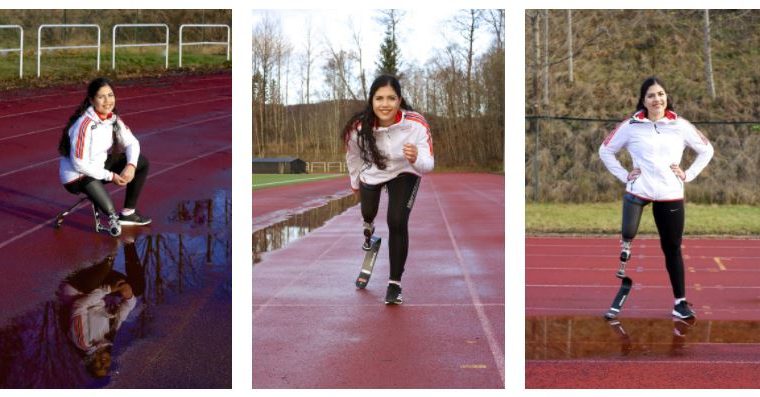
Løpeprotesen som Ann Selda Deliler (21) fikk forespørsel om på ungdomsskolen, har resultert i flere pallplasser og bøtter med idrettsglede sammen med andre idrettsutøvere i paraidretten. Ann Selda på 21 er tilfreds og motivert til å løpe flere løp og satse fullt på neste sesong. I mellomtiden vil hun holde seg opptatt med trening og å fullføre […]
Løpeprotesen som Ann Selda Deliler (21) fikk forespørsel om på ungdomsskolen, har resultert i flere pallplasser og bøtter med idrettsglede sammen med andre idrettsutøvere i paraidretten.
Av Marte Nordahl
For paraidrettsutøver Ann Selda Deliler fra Porsgrunn, ligger de vonde gymopplevelsene på ungdomsskolen ferskt i minne. Grunnet de sterke krampene hun fikk bare etter noen hundre meter, ble hun sendt på turer mutters alene mens klassen løp 3000 meter.
– Gymlæreren ga meg beskjed om at dersom jeg ikke kunne utføre de samme aktivitetene, måtte jeg selv finne på alternative løsninger. Jeg arrangerte min egen friidrettsøkt, uten at læreren min fulgte med i det hele tatt. På den tiden følte jeg på håpløshet. I voksen alder har jeg tenkt at det var skolens oppgave å tilrettelegge gymtimene for meg, sier hun.
Ambassadør for Olympiatoppen
– Mine egne erfaringer til hvordan gymtimene på skolen er bygget opp, har engasjert meg som ambassadør for Olympiatoppen. Skal vi klare å rekruttere flere barn inn i idretten, må vi starte med å tilrettelegge for alle elever. Både de med og uten handikapp, sier hun.
Ann Selda ønsker at skolene skal tilegne seg mer informasjon knyttet til funksjonsnedsettelse og trening. På videregående fikk hun trekk i standpunktkarakteren fordi læreren mente hun var for passiv i ballaktiviteter. Hun fikk beskjed om å jobbe hardere, noe som ikke var fysisk mulig med hennes funksjonsnedsettelse.
Født med dysmeli
Ann Selda ble født med dysmeli, uten det høyre skinnbeinet på leggen og kneleddet. Dette resulterte i en høydeforskjell. Hun klarte heller ikke å bøye kneet. I de tidlige barneårene testet ortopediingeniøren hennes mange ulike løsninger for å få begge beina like lange. Som fireåring fikk hun forlenget beinet som hun brakk like etterpå. Etter å ha kommet seg opp på beina igjen, fikk hun operert inn skinner for å få dem så like som mulig.
– Året etter ringte pappa til Rikshospitalet, og informerte dem om at jeg allerede hadde problemer med å sette meg inn i bilen. Siden jeg ikke var ferdig utvokst, lurte han på om amputasjon kunne være en løsning. Sykehuset som tidligere hadde vurdert en amputasjon, ville forsøke alle mulige løsninger først. Nå som pappa insisterte fikk jeg klarsignal om å sette i gang prosessen, slik at jeg kunne ta i bruk protesen på første skoledag, sier hun.
Vellykket låramputasjon
Ann Selda ble amputert på selve 6- årsdagen sin.
– Jeg husker den gode mottakelsen med bløtkake på rommet mitt, hvor jeg ble omkranset av sykepleiere, leger og familien min, sier hun.
Kirurgen utførte låramputasjonen på høyre side gjennom kneleddet. Operasjonen var vellykket.
– I tillegg til amputasjonen stoppet de også veksten min på 160 meter. Derfor er stumpen min kortere enn det andre benet. Rent kosmetisk er det bra. Når jeg har på protesen blir knærne mine parallelle. Jeg har verken smerter eller fantomsmerter etter amputasjonen, sier hun.
Sendt hjem etter to måneder
Ann Selda ble sendt hjem etter et to måneders langt sykehusopphold på Rikshospitalet og Sykehuset Telemark.
– Det var vinter og jeg var mye inne i pausene i barnehagen. Jeg husker at jeg gikk opp med krykker i akebakken. I gledesfyllt iver kastet jeg dem ned på toppen av bakken og akte ned.
Ny protese på første skoledag
Det neste halvåret ble brukt til å lage en ny protese. Ann Selda tilbragte hele sommerferien på rehabilitering for å lære seg å gå med protesen. Første skoledag gikk hun fornøyd til skolen med protesen.
– Bortsett fra gymtimene på ungdomsskolen, hadde jeg en fin oppvekst. De fleste rundt meg glemte ofte at jeg var protesebruker, sier hun.
– Mamma og pappa har vært flinke til å inspirere meg. Siden jeg har vært liten har pappa fortalt meg at jeg ikke skal se begrensninger på ting. Han har alltid vært opptatt av at jeg skal gå mye og styrke stumpen. Dermed har jeg også taklet alle de belastningene jeg har møtt på. På turer med klassen var han opptatt av at jeg skulle ta følge sammen med de andre. Erfaringene har hjulpet meg til å se framover, sier hun.
Trives med manuelt kne
Ann Selda anvender det manuelle protesekneet Total Knee Hi Activity, som hun fikk tildelt ved Sophies Minde i 2019. Fram til da anvendte hun protesekneet Total Knee, som ble byttet ut mellom tre til fire ganger i året.
– Jeg trives aller best med manuelle knær og føtter. Jeg tar aldri av meg protesen og foretrekker å ha den på. Tidligere har jeg testet et elektrisk kne som ikke var like optimalt.
Ny løpeprotese
Første året på ungdomsskolen i 2014, fikk hun en forespørsel fra ortopediingeniøren om en ny løpeprotese. Målet var å kunne bevege seg mer på fritiden.
– Jeg hadde også begynt med styrketrening og synes det hørtes fint ut å få trent mer kondisjon. Ingeniøren kontaktet leverandøren i Sverige. Han hadde også kontaktet Runar Steinstad, som på den tiden var paraidrettsutøver i spydkast. Etter å ha stilt inn den nye protesen min, inviterte Runar meg med på en treningsleir i vinterferien i 2015. Her deltok jeg med stor iver.
Samme året i november 2015, fikk Ann Selda spørsmål om å være med på konkurranseløp i regi av paraidretten. De påfølgende årene har hun deltatt på en rekke konkurranseløp. Hun har tidligere deltatt i junior-VM og EM, hvor hun vant sølv på 60 meter under NM i februar.
En fantastisk gjeng
Til å begynne med reiste og konkurrerte Ann Selda sammen med rundt fire andre idrettsutøvere fra paraidretten. I dag er de flere som konkurrerer sammen.
– Idretten gir meg en enorm livsglede, som ingenting annet kan erstatte. Jeg føler meg veldig privilegert som får oppleve alt rundt toppidretten. Vi er en fantastisk fin gjeng som kommer godt overens og som også heier på hverandre. Også er vi veldig flinke til å hygge oss etter mye hard trening, sier hun ivrig.
Kyssesyke og kneskade
2018 var et utfordrende år for Ann Selda, med en kneskade etterfulgt av kyssesyken som varte i ett års tid.
– Det som holdt motivasjonen min oppe i denne perioden, var TV-serien med Team Ingebrigtsen. Jeg forsøkte å minne meg selv på at de fleste profesjonelle idrettsutøvere også opplever en nedtur i løpet av livet. På tross av det kommer de seg opp igjen. Mange utøvere i paraidretten, deriblant den danske friidrettsløperen Daniel Wagner, er ett av mine store forbilder. Han vant VM i fjor. I 2016 kom han til Norge for å vise meg tips og triks med den nye protesen min, sier Ann Selda.
Og så kom koronaviruset
– Grunnet koronautbruddet har vi kun gjennomført to av tre treningsleirer i år, som legger grunnlaget for idrettsprestasjonene. Vi har vært ti dager i Tenerife og kun en av to uker i Portugal. Den andre uken ble avlyst grunnet koronaen.
– Når vi endelig kom tilbake på trening igjen etter koronarestriksjonene, føltes det som om alt raste sammen. Jeg trudde at jeg hadde mistet treningsgrunnlaget vi hadde øvd på før viruset brøyt ut. Treneren min mente derimot at jeg var i min beste form noensinne, sier hun.
Trøblete protese
Helt siden starten av 2014, har Ann Selda hatt utfordringer med løpeprotesen. Som resultat har hun ikke har klart å løpe like langt som konkurrentene hennes. I 2016 opplevde hun å få vonde kramper hver gang hun løp.
– Jeg klarte omtrent ikke å løfte beinet etter 200 meter med løping. For å bli kvitt krampene var jeg totalt avhengig av en rulle. Den brukte jeg til å rulle og drille om hverandre under oppvarming og etter hvert løp. Lengre løp trigget også til kramper, slik at jeg måtte rulle straks jeg nådde målstreken, sier hun.
Fri for kramper
– I flere år fikk jeg høre at krampene relatert til protesen var noe jeg måtte forvente meg. Plagene fikk jeg heller ikke gjort noe med. Heldigvis møtte jeg en ortopediingeniør ved Sophies Minde, som foreslo en CT- angiografi for å undersøke det nærmere. Resultatet viste at protesen stoppet mye av blodsirkulasjonen, som også førte til ubehagelige kramper.
– I juli i år fikk jeg en helt ny løpeprotese med en ny overdel. Den engasjerte ortopediingeniøren brukte hele sommerferien til å fullføre den. Jeg fikk testet den mens de hadde fri, og resultatet ble vellykket. I dag har de plagsomme krampene forsvunnet helt.
Ny rekord
Ann Selda løp til en sølvmedalje i februar i år med ny personlig rekord i NM i Bærum. Sommeren gikk til å teste den nye protesen. Derfor fikk hun ikke mulighet til å delta på noen løp.
– Siste uken i august løp jeg et testløp for å prøve protesen skikkelig. Jeg skiftet også til en mykere fot. Resultatet ble en tidsforbedring på 0.8 sekunder. Som Runar Steinstad sier, vil en dårlig løpeprotese oppleves tilsvarende lik en gummistøvel. Jeg har aldri løpt så raskt som jeg gjør i dag, sier hun fornøyd.
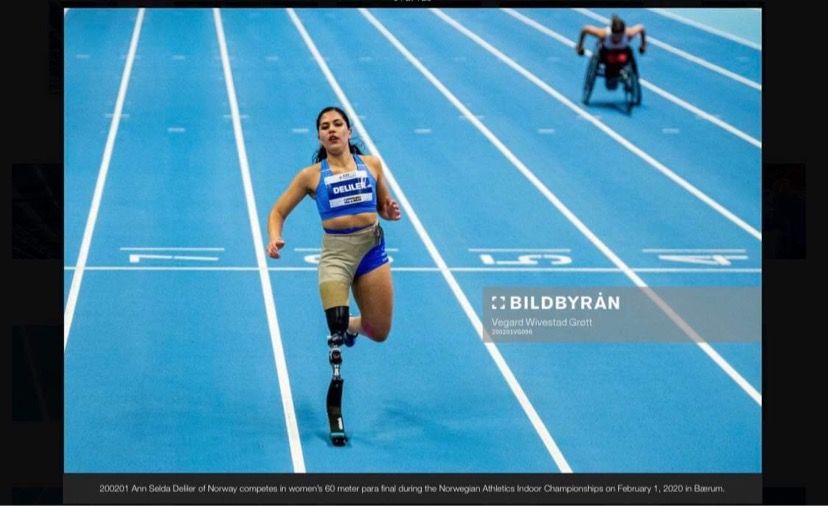
NM i Bergen
Ann Selda løp inn til en sølvmedalje og ny personlig rekord på 100- meter i NM i Bergen i september.
– Det var utrolig gøy. NM er det største vi får oppleve i Norge. Tidligere har jeg løpt på Diamond League- stevner med over 40 000 på tribunen. Selv om det ikke var noen tilskuere under NM i Bergen var stemningen på topp, takket være utøvere og funksjonærer, sier hun fornøyd.
I storform
Ann Selda er lykkelig over at hun også for første gang klarte å holde nervene i sjakk rett før løpet.
– Kroppen min var også helt på topp. Endelig fikk jeg igjen for det harde arbeidet jeg og treneren min, Magnus har lagt bak oss. Endog ble jeg litt overgiret, og brukte litt for mye krutt under oppvarmingen, for det gikk fortere før løpet, sier hun.
Etter løpet har Ann Selda hatt treningsfri for alle første gang i år som har gått til avslapning og studier.
Sykepleierstudent

Ann Selda studerer sisteåret som sykepleierstudiet ved universitetet Sør-Øst Norge som hun trives godt med.
– Uansett hvor god form jeg er i, kan det tenkes at kroppen min kommer til å bli mørbanket når jeg er gammel. Å belaste det friske benet så mye som jeg gjør, har resultert i vondter både i ankler og hofter. Likeens har jeg blitt god til å se løsninger fremfor hindringer. Jeg drømmer om å bli jordmor, kanskje på en helsestasjon. I helsesektoren lærer du deg stadig noe nytt, som aldri vil ta slutt, sier hun.
Flere gleder
– Nå ser jeg fram til å starte vintertrening. Det er utrolig gøy at jeg endelig kan gi alt på trening uten noen hindringer. Slik får jeg en optimal oppladning inn mot neste sesong.
– Min største livsglede er å tilbringe tid sammen med mine aller nærmeste, og ikke minst den gleden idretten gir. Spesielt når det går den rette veien, sier hun smilende.
